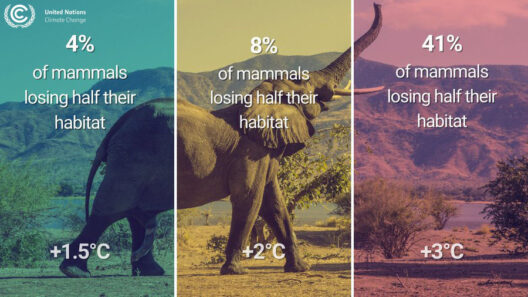Plastic has become ubiquitous in modern society, infiltrating nearly every aspect of our daily lives. From the bags we carry our groceries in to the bottles we drink from, plastic is an integral component of our consumption pattern. However, while plastic has provided convenience and affordability, the adverse environmental consequences are profound and alarming. This discourse examines the various dimensions of plastic pollution and its role in exacerbating climate change, whilst exploring pragmatic solutions to this multifaceted dilemma.
To effectively understand the impact of plastic on our environment, it is essential first to comprehend the production process. The vast majority of plastics are derived from fossil fuels, primarily oil and natural gas. During their extraction and refining, significant quantities of greenhouse gases (GHGs) are emitted, contributing to atmospheric warming. Furthermore, the production of plastic is energy-intensive, demanding substantial resources that could otherwise be allocated towards sustainable alternatives.
Once plastic products are manufactured, their usage only marks the beginning of their environmental footprint. An astonishing proportion of these materials ends up in landfills or, worse, in the oceans. Plastics do not biodegrade; they photodegrade under sunlight, breaking down into smaller particles known as microplastics. These microplastics have been discovered in various ecosystems, penetrating the food chain, and adversely affecting wildlife and human health alike. The ecological ramifications are severe, with marine life ingesting these particles and facing detrimental consequences, including reproductive harm and fatal blockages.
Plastic’s pernicious nature isn’t limited to its environmental impact; it also entails profound socio-economic repercussions. Communities situated near manufacturing plants or landfills often bear the brunt of toxic emissions and contaminated water supplies. Environmental justice issues arise, as marginalized populations, typically least responsible for the pollution, are disproportionately affected. Additionally, the global economy feels the strain through increased healthcare costs associated with pollution-related diseases and deteriorating environmental quality.
A pivotal category of plastic products is single-use plastics, which include straws, cutlery, and bags—items designed for fleeting convenience yet persisting in the environment for centuries. The concept of convenience often overshadows the long-term implications of single-use plastics. Even though alternatives such as biodegradable materials and reusable options exist, consumer habits remain difficult to shift. Transitioning from single-use plastics to sustainable practices requires a concerted effort from industries, governments, and consumers alike.
Governments around the world are beginning to recognize the urgency of addressing plastic pollution. Legislative actions such as banning plastic bags, implementing deposit return schemes for bottles, and regulating the use of microbeads in personal care products are steps in the right direction. Despite these initiatives, enforcement and adherence to such regulations often pose challenges, necessitating persistent public engagement and awareness.
Education plays a critical role in mitigating plastic pollution. By raising awareness about the ecological and health risks associated with plastic use, individuals can make informed choices. Schools, non-profits, and media outlets have a responsibility to disseminate knowledge about sustainable living practices and the benefits of reducing plastic consumption. For example, encouraging people to opt for reusable bags, containers, and bottles can significantly reduce the reliance on single-use plastics.
Innovative solutions are also emerging in technology. Companies are exploring alternative materials, such as plant-based plastics and biodegradable polymers, which could potentially alleviate the dependence on fossil fuel-derived plastics. Investment in research and development of these alternatives is crucial for a sustainable future. Furthermore, advancements in recycling technologies could enhance the efficiency and feasibility of recycling processes, allowing for a circular economy where plastic is repurposed rather than discarded.
A significant aspect of combating plastic pollution involves consumer empowerment. Individuals possess the choice to influence market demands through their purchasing decisions. By supporting brands that prioritize sustainability and hold them accountable, consumers can expedite the transition towards a plastic-free society. Grassroots movements and collective action can amplify this impact, pushing for policy changes and larger systemic transformations.
Collaboration across stakeholders is imperative for addressing the plastic crisis. Businesses, governments, environmental organizations, and communities must unite in a concerted effort to devise and implement comprehensive strategies. Global initiatives like the Plastic Pollution Coalition exemplify how collaboration can drive policy change and foster a collective consciousness regarding plastic use.
In conclusion, the pervasive presence of plastic in our lives is undeniably linked to the escalating threat of climate change. From the extraction of fossil fuels to the disposal of plastic products, each stage in the lifecycle of plastic contributes to greenhouse gas emissions and ecological degradation. Addressing this issue necessitates a multi-faceted approach—encompassing regulatory actions, educational initiatives, development of sustainable alternatives, and consumer empowerment. Only through cooperative measures can society shift towards a future free from the weight of plastic pollution and safeguard the planet for generations to come.






